Dossier
Strengthen the cultivation of legumes
Herwart Böhm | 09.06.2022
Legumes are essential for Organic Farming: they stimulate soil fertility, fix atmospheric nitrogen as an important nitrogen source for arable crops and grassland, increase the diversity of crop rotations,are the most important source of feed protein in organic livestock farming. Legumes could also have a positive effect in conventional cultivation, but their competitiveness compared to other crops is even lower here.
At the Thünen Institute, we are therefore developing cultivation concepts for legumes and are also testing species that have been little used to date – for example, vetches. We are currently testing mixed crop systems in particular and usually grow legumes together with a cereal partner. Advantages: higher yield performance and reliability, better weed suppression, lower disease and pest infestation.
In collaboration with the Julius Kühn Institute, we have summarized the scientific findings of the last ten years on the cultivation of legumes in the following meta-study:
Ecological services of legumes
Legumes are one of the most species-rich families with almost 20,000 world-wide cultivated and wild species. These include trees like robinia, shrubs such as common broom, lianas as well innumerable, magnificent flowering annual and perennial herbaceous plants. For agriculture, they are an all-arounder, they
- conserve resources such as soil, water, fossil energy sources
- have favourable preceding crop and crop rotation effects
- strengthen the biodiversity in the agricultural landscape
- adapt well to climate change
- reduce greenhouse gas (GHG) emissions
- are suitable for healthy and sustainable human nutrition
- are a valuable raw material for a wide range of purposes.
Legumes are characterized by their ability to fix atmospheric nitrogen in the soil. In organic farming, they are the basis to grow crops without mineral nitrogen fertilizers. Blue lupins and alfalfa have an extensive root system which mobilizes nutrients in the soil in an excellent manner and in addition loosens the soil.


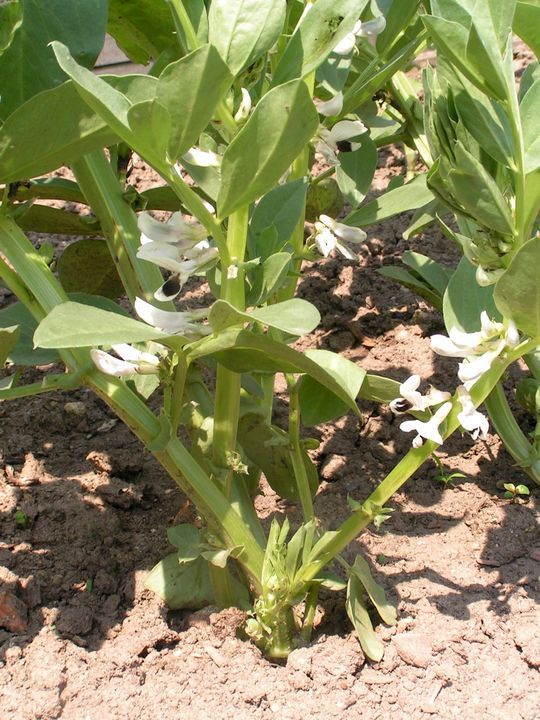

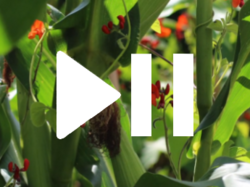
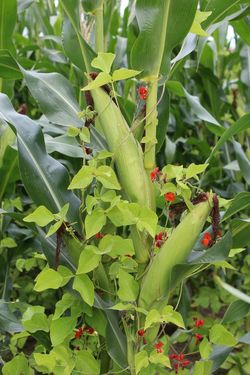
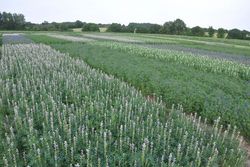
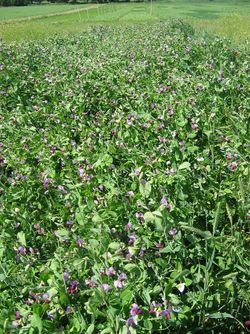
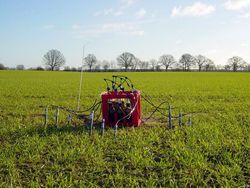
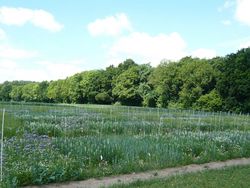
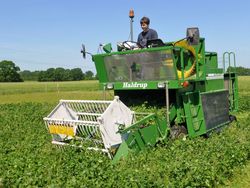
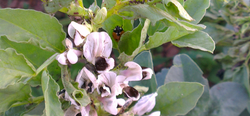

![[Translate to English:] Andenlupine mit Mais im Gemengeanbau Optimization of intercropping for biomass production](/media/_processed_/d/f/csm_LUA-Mais_DSC_0086_4bb3367854.jpg)
![[Translate to English:] Further development of cultivation, processing and utilisation of protein crops](/media/_processed_/8/a/csm_Leguminosencollage_fb07edf62f.jpg)



